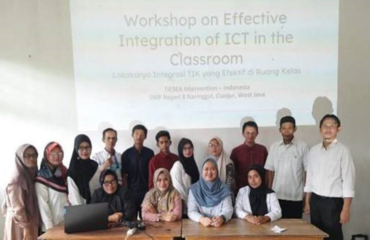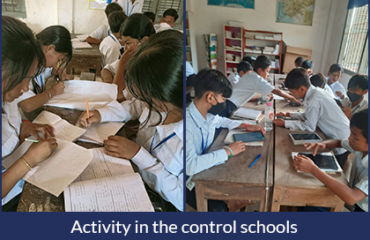
Viet Nam’s K-12 sector consists of more than 15.8 million students (8 million in primary, 5.3 million in lower secondary, and 2.5 million in upper secondary) General education (grade 1-12) has undergone significant reform in recent years. For instance, a new competency-based curriculum has replaced conventional delivery based on a single set of textbooks, and attempts to integrate STEM/STEAM into the curriculum have put strong emphasis on innovative pedagogy. Gender disparities exist in Viet Nam, but they are shrinking (see Annex 3) currently more girls than boys are enrolling for upper secondary education and the graduation rate for Bachelors degrees has reached gender parity Women, in general, are earning about 10% less than men for equivalent work. Based on the five pillars of the ADB EdTech Readiness Framework, this report describes the current situation of education in Viet Nam in general, with a specific focus on how EdTech is being implemented to improve the quality of teaching and learning. The five pillars of the framework include infrastructure, government, schools/teachers, parents/students, and EdTech providers. By identifying the existing status of EdTech readiness in Viet Nam using this framework, the report seeks to provide evidence against which decision-makers can identify initiatives likely to make a positive contribution to the quality of the education ecosystem and opportunities for public-private partnerships.


